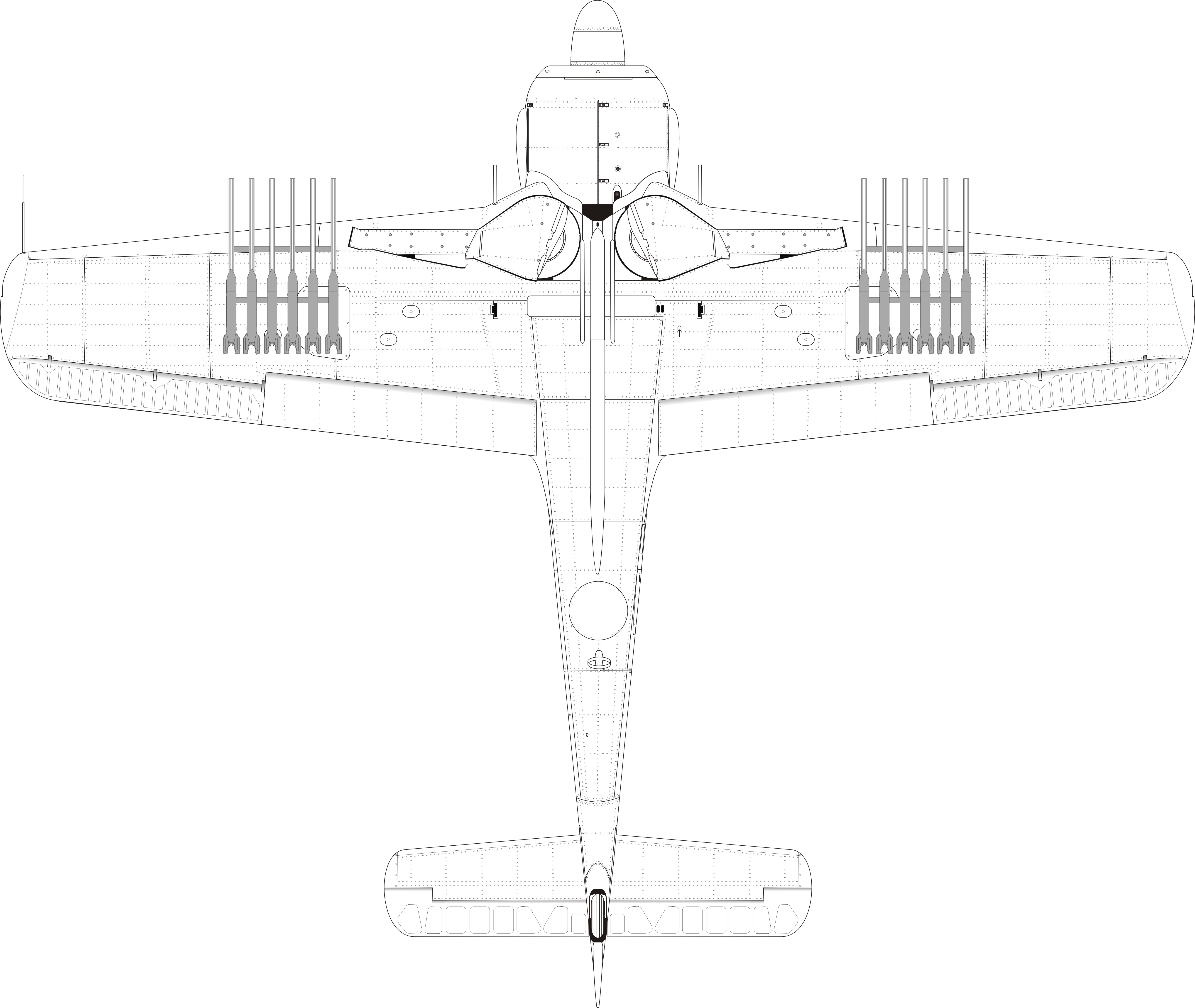Panzerblitz (missile) on:
[Wikipedia]
[Google]
[Amazon]
''Panzerblitz'' is a German  It was intended to be operated by the
It was intended to be operated by the
anti-tank
Anti-tank warfare originated from the need to develop technology and tactics to destroy tanks during World War I. Since the Triple Entente deployed the first tanks in 1916, the German Empire developed the first anti-tank weapons. The first deve ...
unguided aerial rocket developed during the Second World War
World War II or the Second World War, often abbreviated as WWII or WW2, was a world war that lasted from 1939 to 1945. It involved the vast majority of the world's countries—including all of the great powers—forming two opposin ...
.
The missile was based on the R4M
R4M, abbreviation for ''Rakete, 4 kilogramm, Minenkopf'' ( en, Rocket, 4 kilogram, Mine-head), also known by the nickname ''Orkan'' ( en, Hurricane) due to its distinctive smoke trail when fired, was a folding-fin air-to-air rocket used by the ...
''Orkan'' air-to-air rocket used by the Messerschmitt Me 262
The Messerschmitt Me 262, nicknamed ''Schwalbe'' (German: "Swallow") in fighter versions, or ''Sturmvogel'' (German: "Storm Bird") in fighter-bomber versions, is a fighter aircraft and fighter-bomber that was designed and produced by the Germa ...
. It was fitted with either an -diameter standard warhead, in ''Panzerblitz'' I, or a -diameter hollow charge
A shaped charge is an explosive charge shaped to form an explosively formed penetrator (EFP) to focus the effect of the explosive's energy. Different types of shaped charges are used for various purposes such as cutting and forming metal, ini ...
warhead, in the ''Panzerblitz'' III.
Henschel Hs 132
Henschel's Hs 132 was a World War II dive bomber and interceptor aircraft of the German ''Luftwaffe'' that never saw service. The unorthodox design featured a top-mounted BMW 003 jet engine (identical in terms of make and position to the powerpla ...
, which would carry up to eight rockets, complementing or even replacing the cannon
A cannon is a large- caliber gun classified as a type of artillery, which usually launches a projectile using explosive chemical propellant. Gunpowder ("black powder") was the primary propellant before the invention of smokeless powder ...
armament in the tank-destroying role. The 80mm model was tested extensively in early 1945 from Focke-Wulf Fw 190
The Focke-Wulf Fw 190, nicknamed ''Würger'' (" Shrike") is a German single-seat, single-engine fighter aircraft designed by Kurt Tank at Focke-Wulf in the late 1930s and widely used during World War II. Along with its well-known counterpart, ...
s, but neither ''Panzerblitz'' I nor ''Panzerblitz'' III (earmarked exclusively for the Hs 132) were ready for use by the German surrender in May 1945.
A Panzerblitz rocket pod was in development. It would have been for the Ar-234 C and each pod would have contained 20 Panzerblitz rockets. Strahlflugzeug Arado Ar 234 ’Blitz’ by Manfred Griehl p.217
Specifications
References
Sources
* Green, William. ''Warplanes of the Third Reich''. London: Macdonald and Jane's Publishers Ltd., 1970 (fourth impression 1979). . * Smith, J.Richard and Kay, Anthony. ''German Aircraft of the Second World War''. London: Putnam & Company Ltd., 1972 (third impression 1978). . * Wood, Tony and Gunston, Bill. ''Hitler's Luftwaffe: A pictorial history and technical encyclopedia of Hitler's air power in World War II''. London: Salamander Books Ltd., 1977. . Anti-tank rockets Air-to-ground rockets World War II weapons of Germany Research and development in Nazi Germany Weapons and ammunition introduced in 1945 {{DEFAULTSORT:Panzerblitz_(rocket)